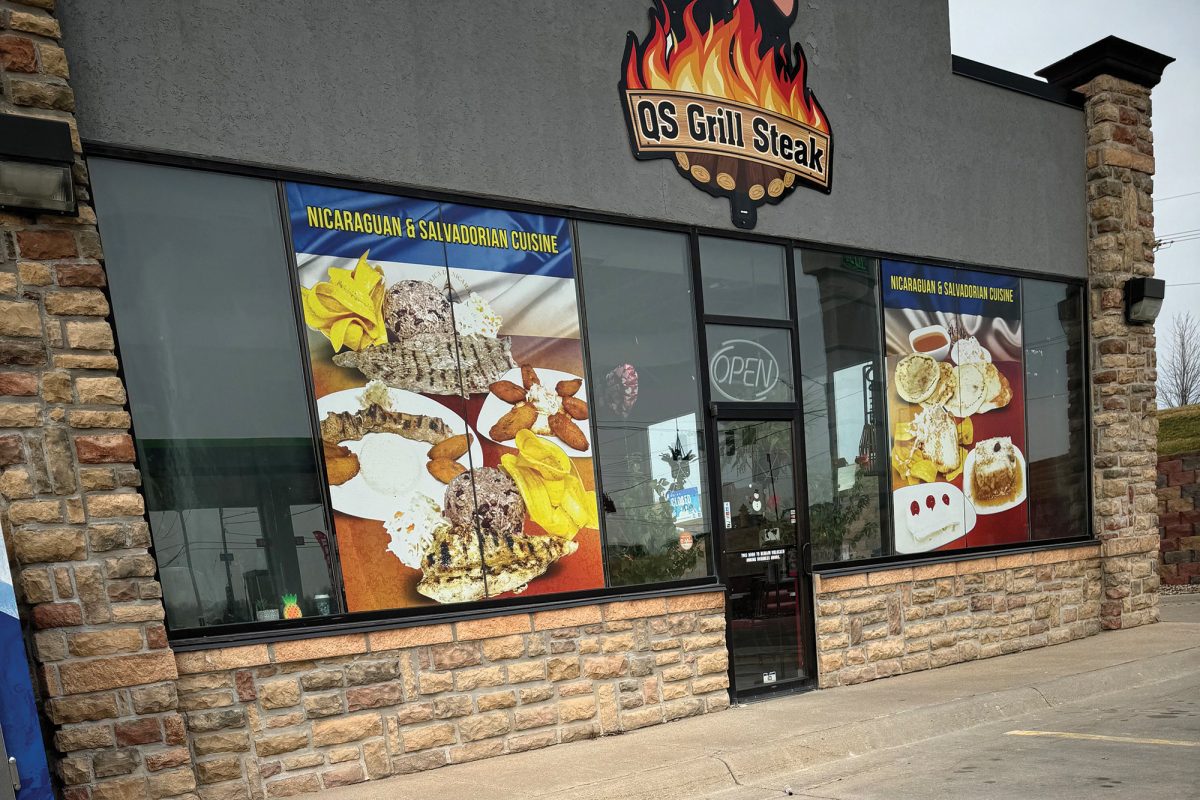Staff Editorial
Since its initial use in 1861, the Confederate flag has continued to be a symbol of a dark, disgraceful period of American history that has failed to fall out of relevance. Historically, it’s been championed by the Ku Klux Klan and other white nationalist groups across America. A recent controversy sparked in a school district in southern Virginia, where the district is nearly 80 percent white, showcases an overall disconnect that’s been present since the flag’s dethroning as the symbol of the Confederacy. On one side, the single African American member of the council argues that it makes black teachers and students uncomfortable, citing its connection to lynching and lack of equality. On the other side, the rest of the council argues that it’s a “non issue,” saying most students don’t find it upsetting. Supporters rarely stop to consider the full history of the flag, only associating it with heritage and “state rights,” and avoiding the inherent dehumanizing message the flag has been used for since the beginning.
This Virginian controversy may seem irrelevant, like someone else’s problem, but the Confederate flag’s message of hate can also be found carelessly thrown about Omaha. Just head on over to Millard Days, pop enough balloons, and you could win your very own Confederate flag! This nonchalant use of such a strong symbol of hate as a prize at a local fair is symbolic of its continuously confusing appeal. Even the origin of the flag’s popular use is confusing.
The Confederate flag (also referred to as the Dixie flag, “Southern Cross”, and the rebel flag) that is most often seen today was never officially recognized as a symbol of the Confederacy, but a similar, specifically square version of the flag was utilized in battle by a few units, most notably the Army of North Virginia. This symbol, a flag that was legally unrecognized and essentially unknown to the majority of the confederacy, has and still is promoted by a multitude of groups and causes. What exactly is so special about this flag? Why do people still advocate for a civil war relic that has been inextricably linked to white supremacist ideologies since its creation? In order to understand the appeal of the flag, it is essential to understand its most common argument accompanying its use, that being “Heritage, not hate.”
The most common argument for the display of the flag is its representation of “southern heritage,” which is often emphasized by the expression “Heritage, not hate.” This concept of upholding “southern heritage” is understandably appealing on face value for someone who lives in the south or whose family has deep southern roots, but it’s impossible to uphold when looking at the non-inclusive culture that created a unique heritage. The overarching idea that designates this concept of southern heritage as distinct from typical American heritage to the point that it may warrant a separate flag and separate representation is its historical connection to racial discrimination. The South was built on the racial discrimination of an agricultural economy based on slavery, and when confronted with its end, the group of states representing the South decided succession from the North and an exhaustive war was a better idea. Post abolition, the southern states stayed committed to continuing this racial discrimination through unequal segregation, discriminatory policies, and an overwhelmingly racist culture. Although racial equality has progressed in the South of today, it is impossible to separate racism from the past southern heritage the flag is claimed to represent. This is especially evident when southern white supremacist extremist groups that exist for reclaiming this lost “southern heritage” champion the flag to promote their message of hate.
Besides the flag’s representation of southern heritage, there are few other arguments that accompany its use. People most often advocate against the public condemnation and banning of the flag for the sake of the first amendment or because it’s just a rectangular piece of cloth that shouldn’t be considered so offensive. While the first part is historically precedented (the Supreme Court has frequently ruled that hate symbols/speech are unable to be banned outside of the private domain), it’s essential that we recognize the historical context of symbols that contribute to their meaning. Not all supporters of the flag intentionally use it as a symbol of racism, but are often just not considering this inextricable context. Schools across the nation should recognize the harmful environment that is allowed to foster by allowing the flag’s support in schools by banning its use. The Confederate flag should only be seen in civil war museums, not our schools.








